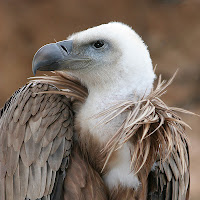The mystery of the Mesa de Esparragal

TURRIS LASCUTANA For years we've been meaning to visit one of the most celebrated historical sites around Alcalá, referred to in every guidebook and tourist information website about the town. La Mesa de Esparragal (lit. Plateau of the asparagus beds) is the location of Lascuta, one of the first stable settlements in the area and famous for the Lascuta Bronze, one of the oldest Roman finds in Spain (189 BC), which was discovered here in 1867 and is now in the Louvre. BRONCE DE LASCUTA Engraved on the bronze is an edict granting freedom to slaves from the nearby city of Hasta:. Lucius Aemilius, son of Lucius, Imperato, decreed that the subjects which the Hastansians have in the Tower of Lascuta will be free. As to the land and fort which they owned at that time, they were to keep and have it, he ordered, as long as the People and Senate of Rome saw fit. All that remains of the site is a tower and and some bits of a wall and pa...



